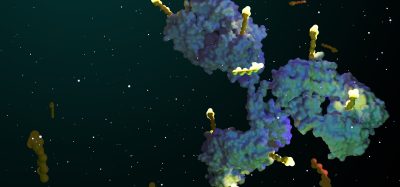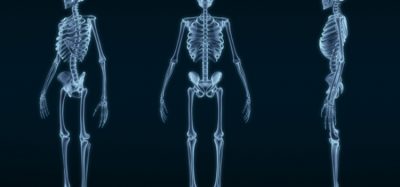Targeting zombie cells: a new treatment for chronic back pain
Posted: 1 May 2025 | Drug Target Review | No comments yet
McGill University researchers have found that two drugs can eliminate senescent “zombie cells” in spinal discs, offering a potential new treatment for chronic low back pain.


Research conducted at McGill University has discovered a promising new approach to treating chronic low back pain, by targeting the root cause, not just the symptoms. The team demonstrated that two drugs, including a natural compound derived from turmeric, can clear harmful “zombie cells” from spinal discs, potentially reversing damage and providing lasting relief.
Chronic low back pain affects millions of people worldwide and is one of the leading causes of disability. Current treatments, such as painkillers, anti-inflammatory medications, and surgery, focus primarily on symptom management, and rarely address the underlying biological factors driving the condition.
Now, a team led by Professor Lisbet Haglund of McGill’s Department of Surgery and Co-director of the Orthopaedic Research Laboratory at the Montreal General Hospital (MUHC), is making real strides to solving this problem “Our findings are exciting because it suggests we might be able to treat back pain in a completely new way, by removing the cells driving the problem, not just masking the pain,” Haglund said.
Zombie cells and degenerative discs
As people age or suffer disc injuries, senescent cells, commonly known as zombie cells, accumulate in spinal discs. Unlike healthy cells, which die off when damaged, zombie cells persist and secrete inflammatory factors that exacerbate pain, accelerating disc degeneration, and hindering the healing process.
Looking for a solution, RG-7112, an FDA-approved cancer drug, and o-Vanillin, a natural compound with anti-inflammatory properties, were given to mice with degenerated spinal discs. While each drug alone provided benefits, the greatest impact came from combining them. After eight weeks of oral treatment, the mice showed reduced inflammation and pain, alongside clear signs of disc recovery.
“We were surprised that an oral treatment could reach the spinal discs, which are hard to access and present a major hurdle in treating back pain,” said Haglund.
A serendipitous discovery
o-Vanillin wasn’t initially part of the study plan. It was included almost on a whim, but it turned out to be a key factor in the results. Though analogues of RG-7112 have previously been studied in the context of osteoarthritis and cancer, this study is among the first to show that o-Vanillin can also clear zombie cells.
Because zombie cells are linked to various age-related conditions, including arthritis and osteoporosis, the study could lead to a broader class of regenerative therapies.
With this success, the team is now looking to refine o-Vanillin’s molecular structure to increase its retention time in the body, which could further boost its therapeutic potential. The implications of this work extend beyond back pain. Because zombie cells are linked to various age-related conditions, including arthritis and osteoporosis, the study could lead to a broader class of regenerative therapies.
“The big question now is whether these drugs can have the same effect in humans,” Haglund said.
If future clinical trials prove successful, this research could significantly change how we treat degenerative spine diseases, offering real hope to millions who suffer daily with chronic back pain.
Related topics
Animal Models, Drug Discovery, Drug Repurposing, Drug Targets, Regenerative Medicine, Therapeutics
Related conditions
Arthritis, chronic back pain, Osteoporosis
Related organisations
McGill University, Montreal General Hospital (MUHC)








